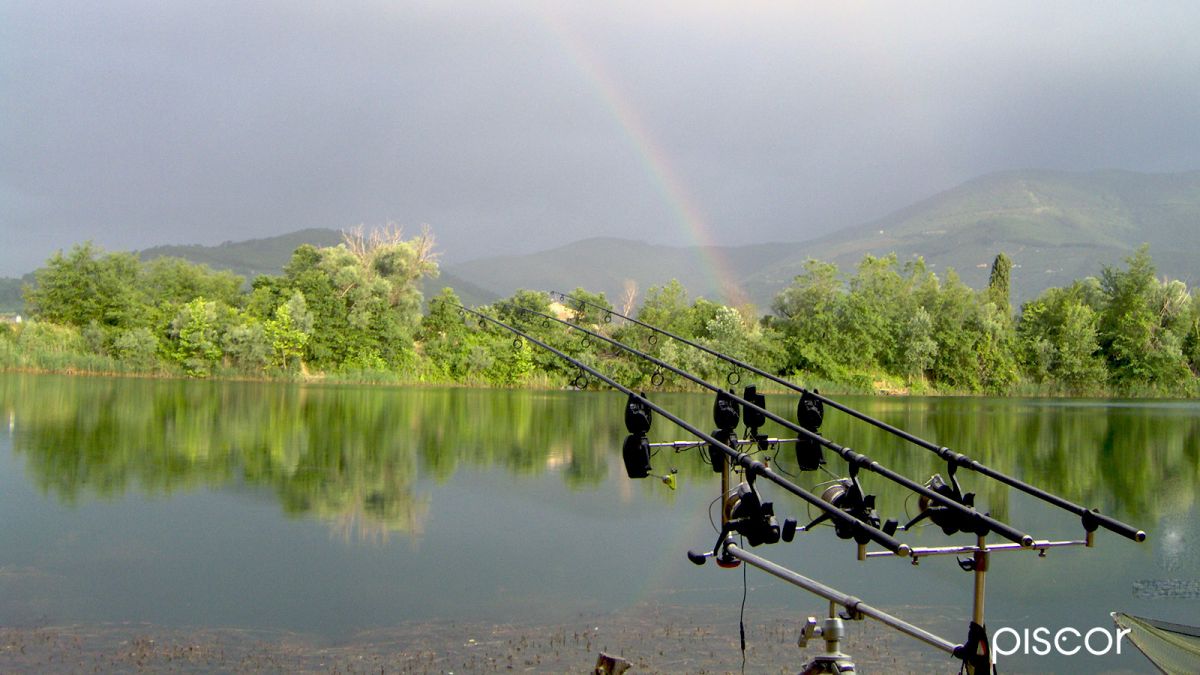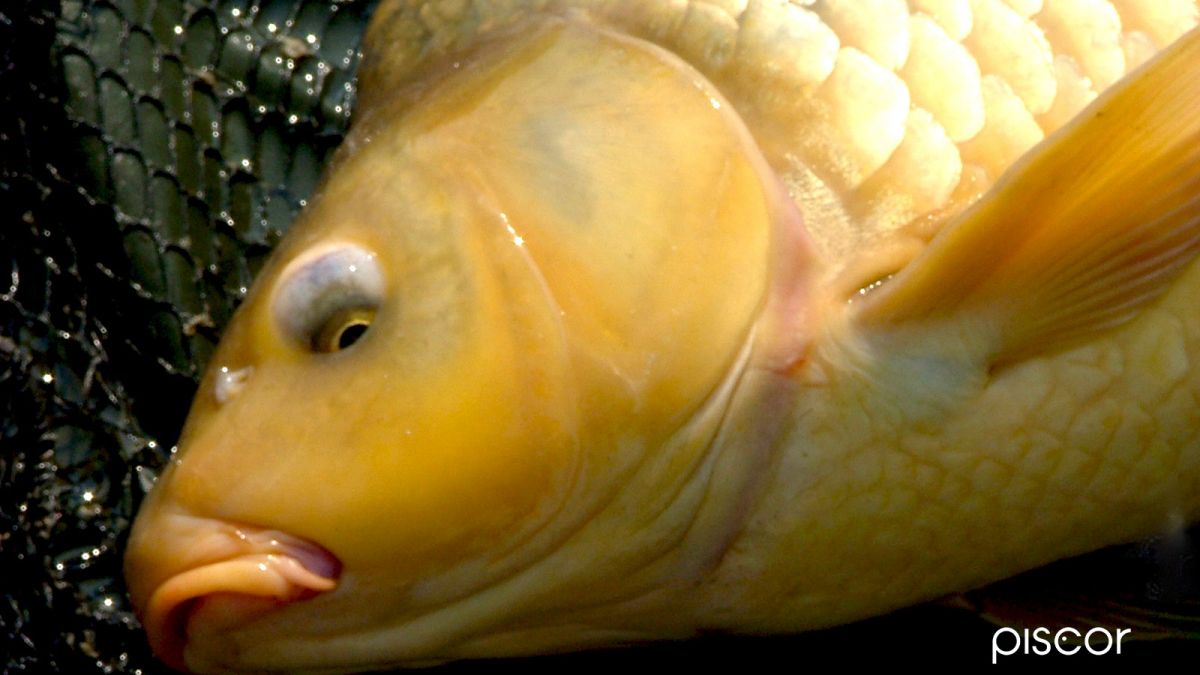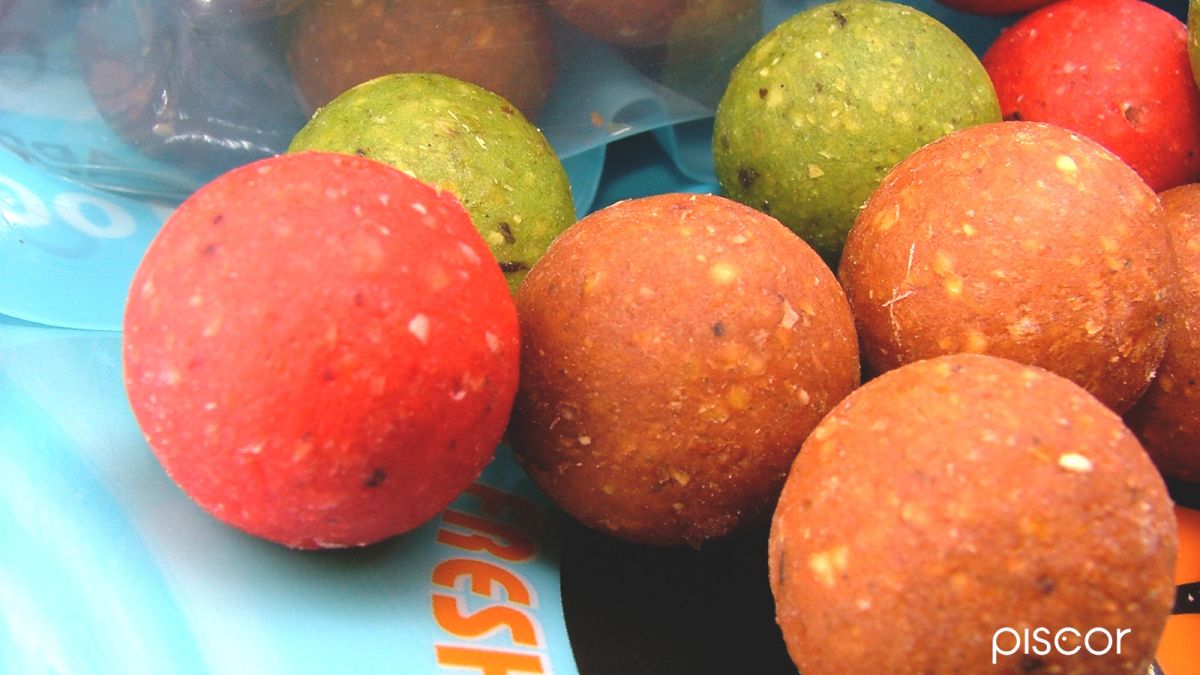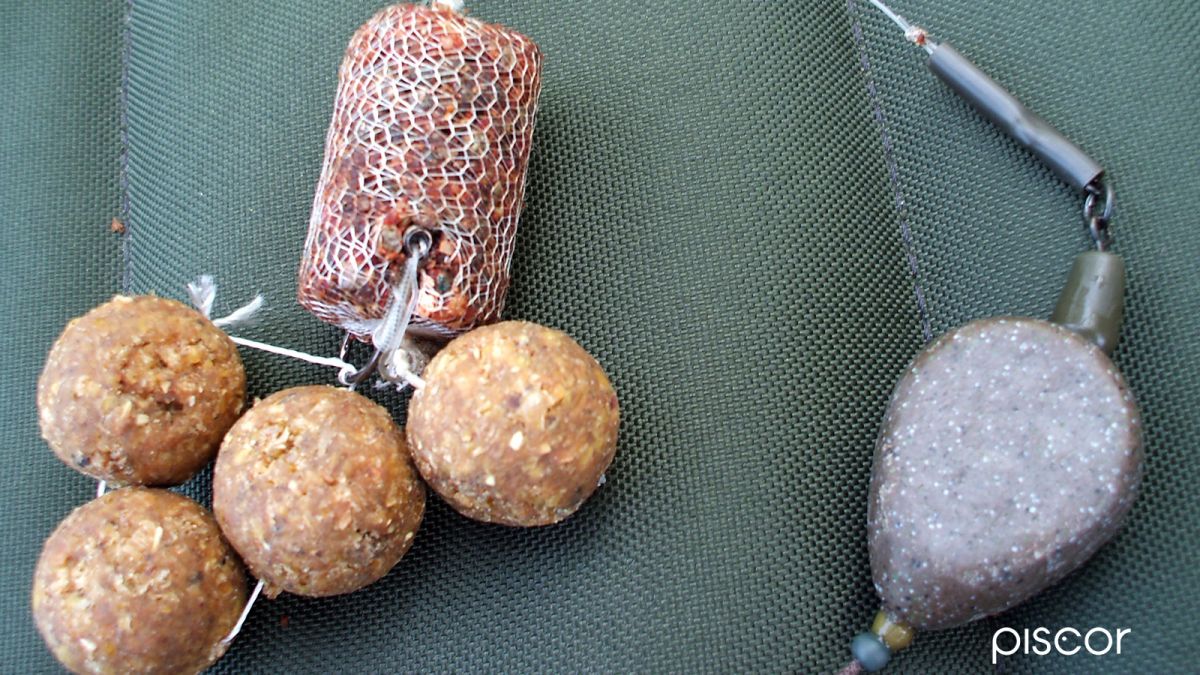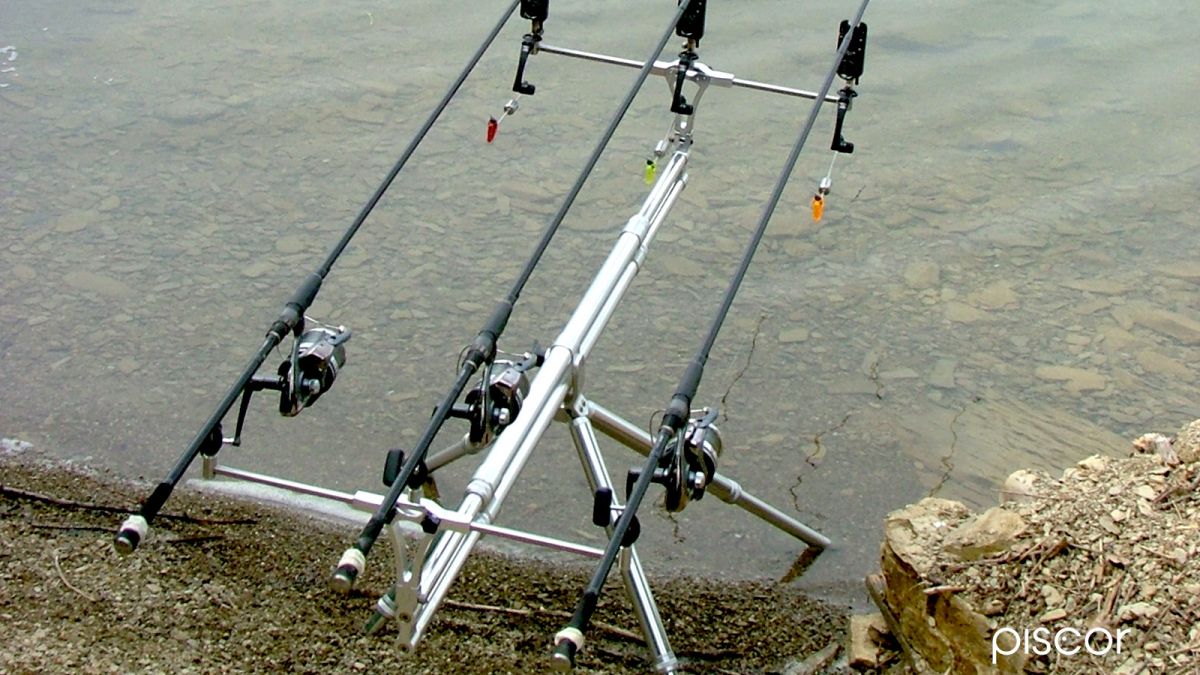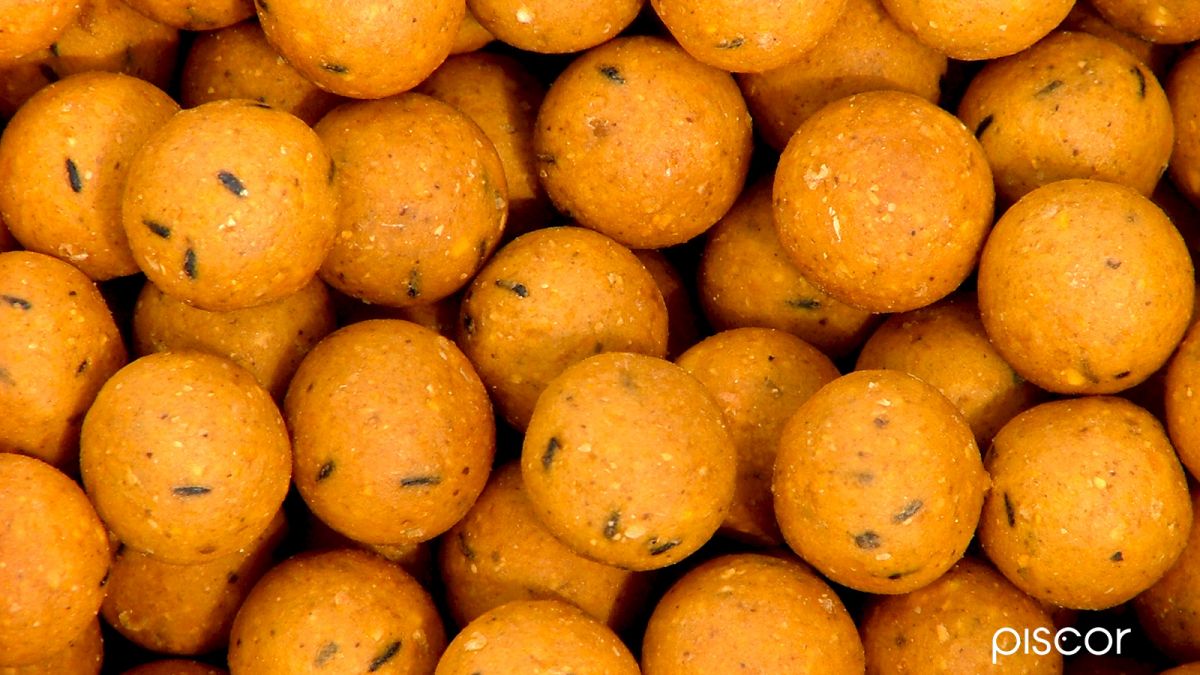Carpfishing in rivers is one of the most difficult fishing techniques, even because the bottoms of the rivers often change their course taking on different characteristics.
These natural phenomena caused by floods and debris carried downstream by the current always offer different conditions to the fish species living there.
The carp is a habitual fish, so the environmental change offers in some cases good shelter possibilities and a greater food reserve , while other fishes may even decide to move to more suitable places looking for rest and food.
These characteristics, not only affect the life of the carp, but also require the anglers lots of time searching the right areas where fishing.
Apart from the logistical difficulties, sometimes it is wrong to face a river fishing session away from obstacles. In fact having a point of reference can give you numerous advantages. The greatest difficulties are due to the current.
In these circumstances it is better to use a Back Lead which will keep the line on the bottom avoiding that the action of the current makes the lead roll down. In the rivers the conditions can vary a lot according to the seasons and consequently this phenomenon usually affects the behavior of the carp both in a positive and in a negative way.
Let’s consider the areas next of the pylons of a bridge, which are often excellent shelter and hunting areas for fishes.
During a flood the strong current arrives on the pylons depositing a large amount of debris and digging some areas around the base; upstream of the base the current comes strongly creating a deep water area, while downstream (behind the pylon) it causes vortices that contribute to deposit a large amount of food substances on the bottom, in addition it creates a slower current zone.
When fishing in the rivers usually the lines are placed downstream because in most cases the current keeps the wires in tension, avoiding the dirt carried by the current to be deposited on the beam and making sure that the ballast have a greater hold .
The carp is a habitual fish and it likes to move always on the same path. These steps are modified according to the seasons, but always so step by step.
As the power of the current increases, due to the heavy spring rains or to the beginning of snow melting, the carp will tend to transit into the sub-shore, where usually the strength of the current has a significant slowdown.
Vice versa in the summer, when the river levels become more regular and the water is warmer, the carp will tend to swim through the areas where the water is more oxygenated or where the vegetation offers shelter from the annoying rays of the sun.
In autumn or winter, the water temperature forces the fishes to move slowly in deeper areas where they can find a good amount of submerged obstacles such as landslide trees, large stones, ruins of old bridges or artifacts in general.
The back leads
In some cases these leads are necessary especially when the current is very strong, but the Back Leads can be useful to prevent canoes or motor boats from "transiting" on your lines.
Leads
In river fishing, the leads must necessarily have shapes that reduce the "overturning" due to the voltage of the current, so their shape must be flat.
Hooklinks for the rivers
There are no specific rigs to be used for fishing in the river, also because so many are usually lost on the bottom so they don’t need to be to be hyper-technical. The best thing to do is to get used to a traditional frame for sinking boilies, a frame for floating boilies and a frame for specific long cast in case the fish is far. On these three rigs you will have to base your fishing sessions.
In the event that in the stretch of river interested in our session there are also some amur, the distance of the hair rig must be precisely calculated, keeping the boilies closer to the curve of the hook; this concerning floating boilies and sinking boilies.
In this case, the hook must immediately enter in the internal cavity of its mouth, which is extremely hard and bony.
CARPFISHING IN CHANNELS
In almost all the channels there is a significant presence of carps, that are more powerful than their similar inhabiting the lakes.
These channels, often created for irrigation purposes, are characterized by a strong current and by the passage or stationing of herbs and debris which create many difficulties for anglers.
In primo luogo queste acque sono spesso ricche di piccoli pesci in grado di disturbare notevolmente l’azione di pesca, oltre a questo è importante sapere che le carpe amano anche spostarsi lungo i canali in cerca di cibo fermandosi più o meno a lungo dove ne trovano in abbondanza.
First of all these waters are often rich in small fish that can significantly disturb the action of the angler. In addition, it is important to know that the carp also love moving along the channels looking for food and they stop where they find it in abundance.
The position of the rods
In the waters of a fast medium current channel, careful attention must be paid to the position of the rods.
Try to avoid placing the rods perpendicular to the shore, because in this position the friction of water on the lines will disturb your fishing action.
The rods to face this type of water must be strong and rapid and cast leads of even over 120 - 140 grams.
Baits and rigs
About rigs to fish in channels there are no particular indications.
It is better if the dough of the boilies is hard and compact, so as to avoid it being destroyed in little time by the small fish that move in schools, instead for quick sessions the rule of the softer dough boilies is always valid.
For the floating or sinking option it is important to consider the seasonality and the type of environment that you are facing. Regarding the size of the rigs, especially in the hottest periods, it is important to choose large diameters: it will allow us to make the right selection.

